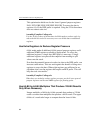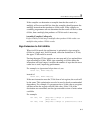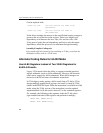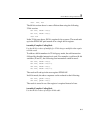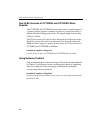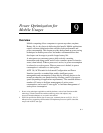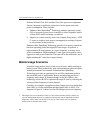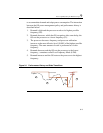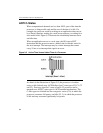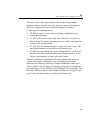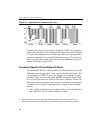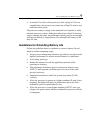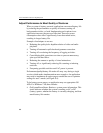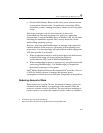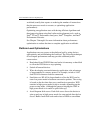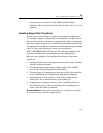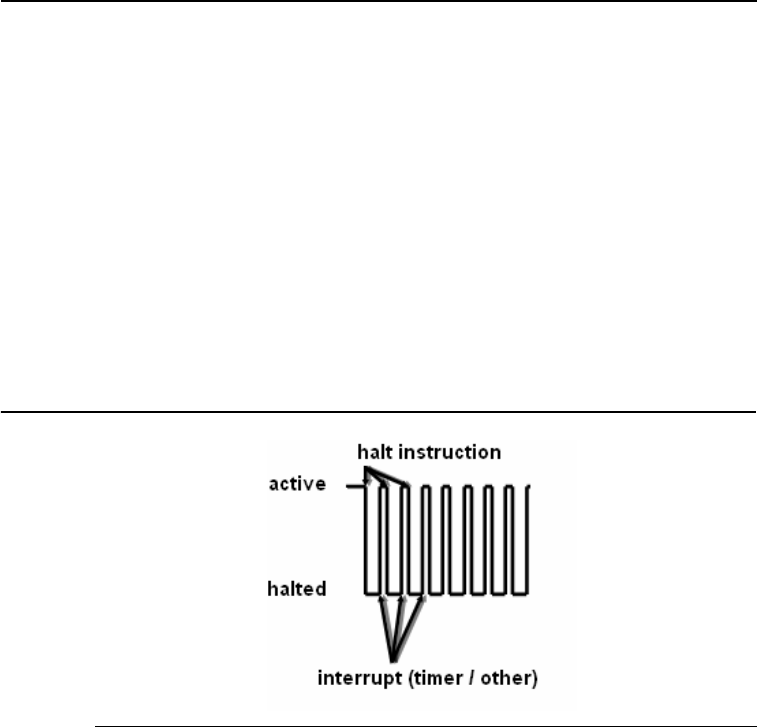
IA-32 Intel® Architecture Optimization
9-4
ACPI C-States
When computational demands are less than 100%, part of the time the
processor is doing useful work and the rest of the time it is idle. For
example, the processor could be waiting on an application time-out set
by a Sleep() function, waiting for a web server response, or waiting for a
user mouse click. Figure 9-2 illustrates the relationship between active
and idle time.
When an application moves to a wait state, the OS issues a HLT
instruction and the processor enters a halted state in which it waits for
the next interrupt. The interrupt may be a timer interrupt that comes
every 10 ms or an interrupt that signals an event.
As shown in the illustration of Figure 9-2, the processor is in either
active or idle (halted) state. ACPI defines four C-state types (C0, C1, C2
and C3). Processor-specific C states of an IA-32 processor can be
mapped to an ACPI C-state type via ACPI standard mechanisms. The
C-state types are divided into two categories: active (C0), in which the
processor consumes full power; and idle (C1-3), in which the processor
is idle and may consume significantly less power.
Figure 9-2 Active Time Versus Halted Time of a Processor



